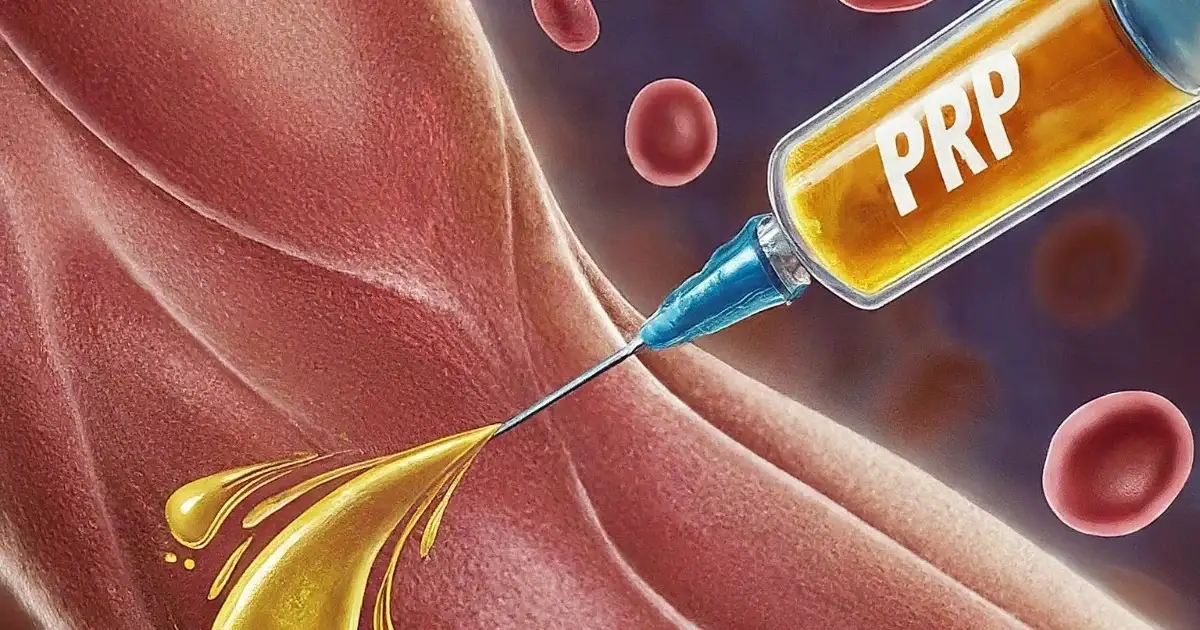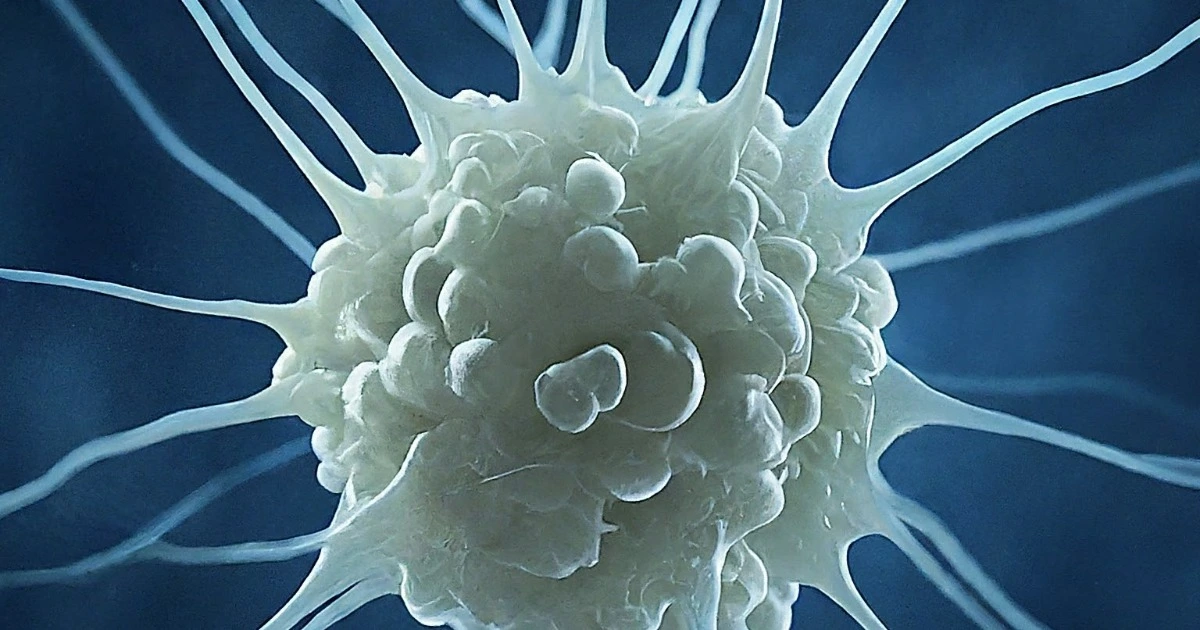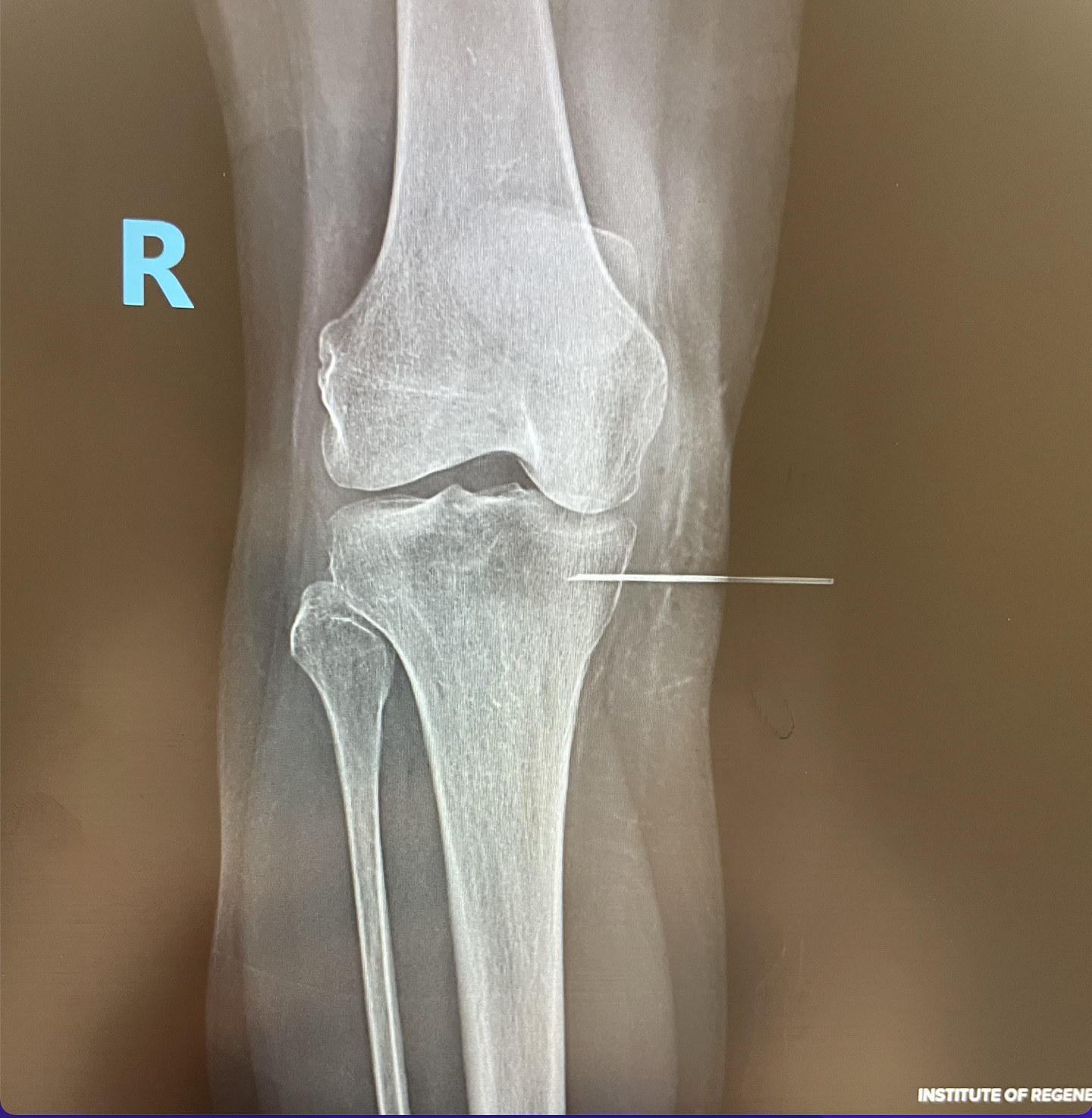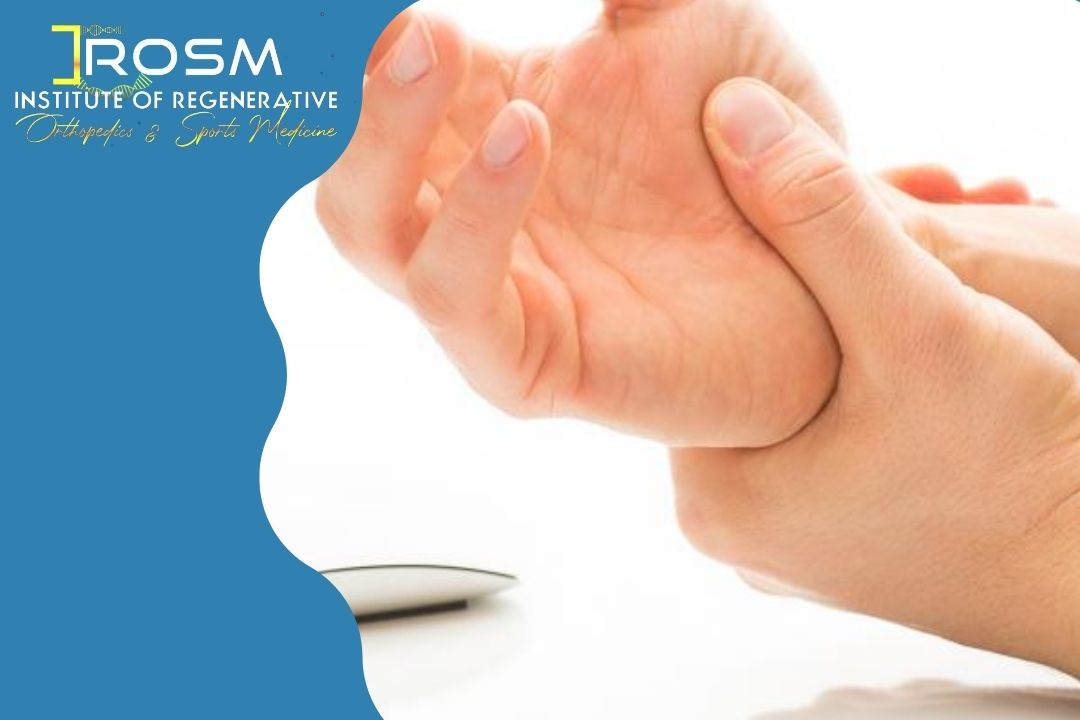Understanding De Quervain Tenosynovitis
De Quervain tenosynovitis is a condition that can cause wrist and thumb pain. Tendons connect muscles in your wrist and forearm to the bones in your thumb. The tendons have a protective cover (sheath). The sheath’s lining makes a fluid that lets the tendons slide easily when you straighten your wrist and thumb. If any of these tendons are irritated or injured, they can become swollen and inflamed. This is called de Quervain tenosynovitis.
Understanding De Quervain Tenosynovitis
This condition is most often caused from overuse. For example, making the same wrist motions over and over can irritate the tendons. This includes doing things like unscrewing jar lids or grasping a tool. Activities such as typing, playing racquet sports, knitting, and texting can also lead to the condition.
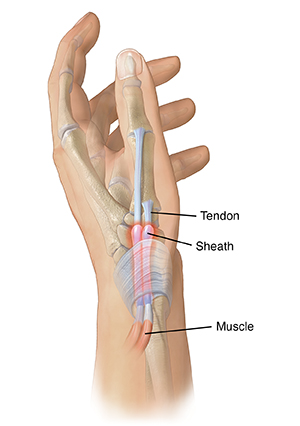
Treatment for de Quervain tenosynovitis
Treatments may include:
-
Resting the wrist and thumb. This involves limiting movements that make your symptoms worse. You also may need to avoid certain hobbies, sports, and types of work for a time.
-
Cold packs. These help reduce pain and swelling.
-
Prescription or over-the-counter medicines. These help relieve pain and swelling. NSAIDs (nonsteroidal anti-inflammatory drugs) are the most common medicines used. Medicines may be prescribed or bought over the counter. They may be given as pills. Or they may be put on the skin as a gel, cream, or patch.
-
Splint or brace. This helps keep the thumb and wrist from moving and gives time for your tendons to heal.
-
Exercises or physical therapy. These help stretch, strengthen, and improve the range of motion in your wrist and thumb.
-
Shots of medicine into the area around the tendon. These usually are anti-inflammatory medicines called corticosteroids . They may help ease pain and swelling .
-
Surgery. You may need surgery if other treatments don’t relieve symptoms. During surgery, the surgeon releases the sheath that surrounds the tendons so the tendons can move more easily.
Symptoms of de Quervain tenosynovitis
You may have pain, soreness, redness, and swelling along the side of your wrist and the base of your thumb. You may feel pain when you pinch or grasp things, turn or touch your wrist, or make a fist. Your thumb may catch or make a crackling sound when you move it.
Possible complications of de Quervain tenosynovitis
Without proper care and treatment, healing may take longer than normal. Also, symptoms may continue or get worse. Over time, the problem may become long-term (chronic). This can make it hard to use your wrist and thumb for normal activities.

